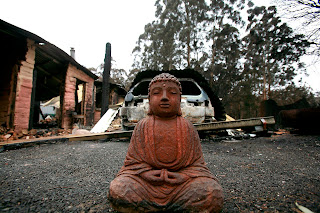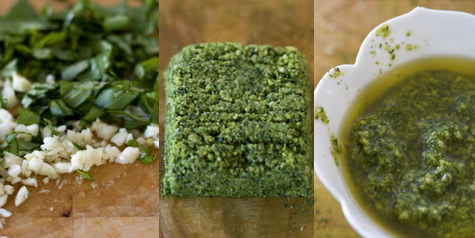
While many of us believe that a balanced diet and healthy lifestyle will keep us in the clear zone when it comes to diabetes, around 150,000 (and counting) Australians currently live with unpreventable and mostly unmanageable type 1 diabetes. Thankfully, there is something we can all do to help. In a committed effort to raise awareness and funds for research, the Juvenile Diabetes Research Foundation’s Walk to Cure Diabetes will be held on October 17 at 20 locations around the nation.
The Walk to Cure Diabetes brings together 40,000 members of the type 1 diabetes community with a shared goal of raising $2 million for research. President of the Australian Juvenile Diabetes Research Foundation, Susan Alberti, believes that raising awareness is the key to finding a cure for this devastating disease. “The Walk to Cure Diabetes is much more than a fundraising event, it’s a chance to share hopes for a cure. Something special happens when JDRF brings together all those people who live with, care for or know someone who has type 1 diabetes,” says Alberti.
Having delivered it’s strong message of hope for a cure for 18 years, the Walk to Cure Diabetes is now one of Australia’s oldest and largest charity events, and has influenced much vital progress in the field of research. “Researchers have made incredible breakthroughs as a result of the investment made by JDRF and today, there are more treatments and therapies in the final stages of research than ever before,” says Alberti. “The Walk to Cure Diabetes brings the type 1 diabetes community together here in Australia to help find the cure that scientists tell us is possible.”
With six more Australians of all ages being diagnosed with Type 1 diabetes every single day, the funds raised at the Walk to Cure Diabetes are part of a critical investment in Australian research. The situation is in urgent need of attention, and the Walk to Cure Diabetes is our chance to offer support to fellow Australians!
To donate your time and stride for a cure, visit www.jdrf.org.au/walk or call 1300 363 126 for more information.


















